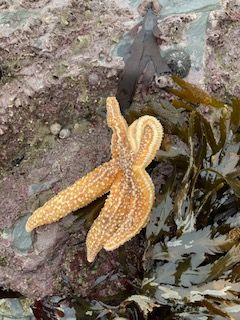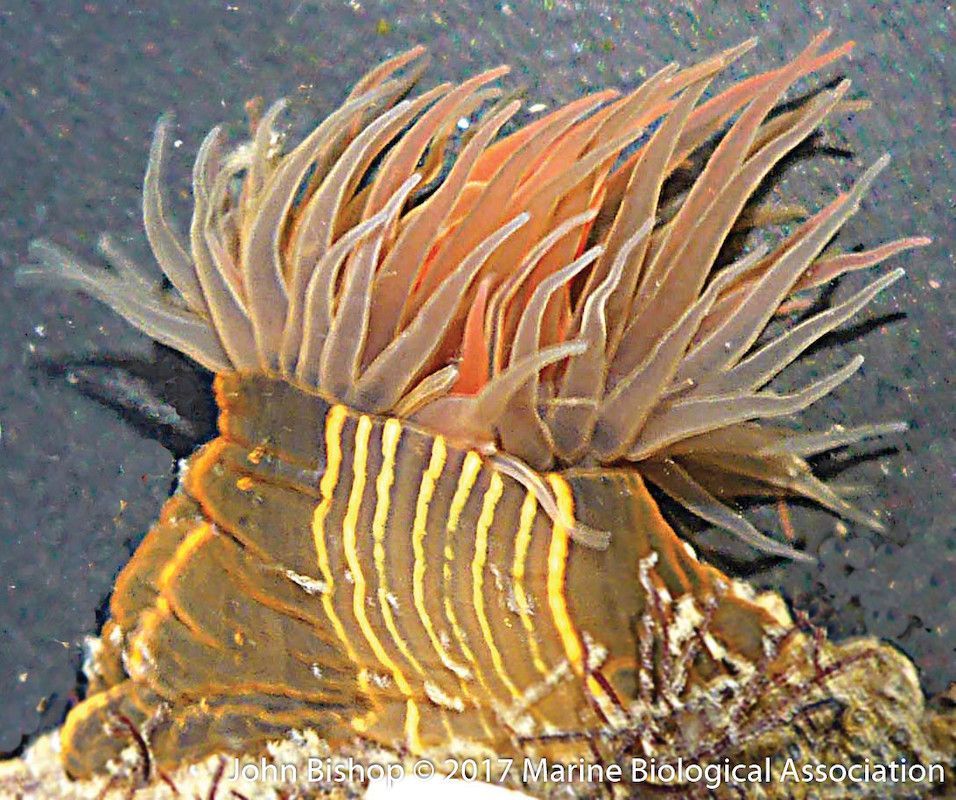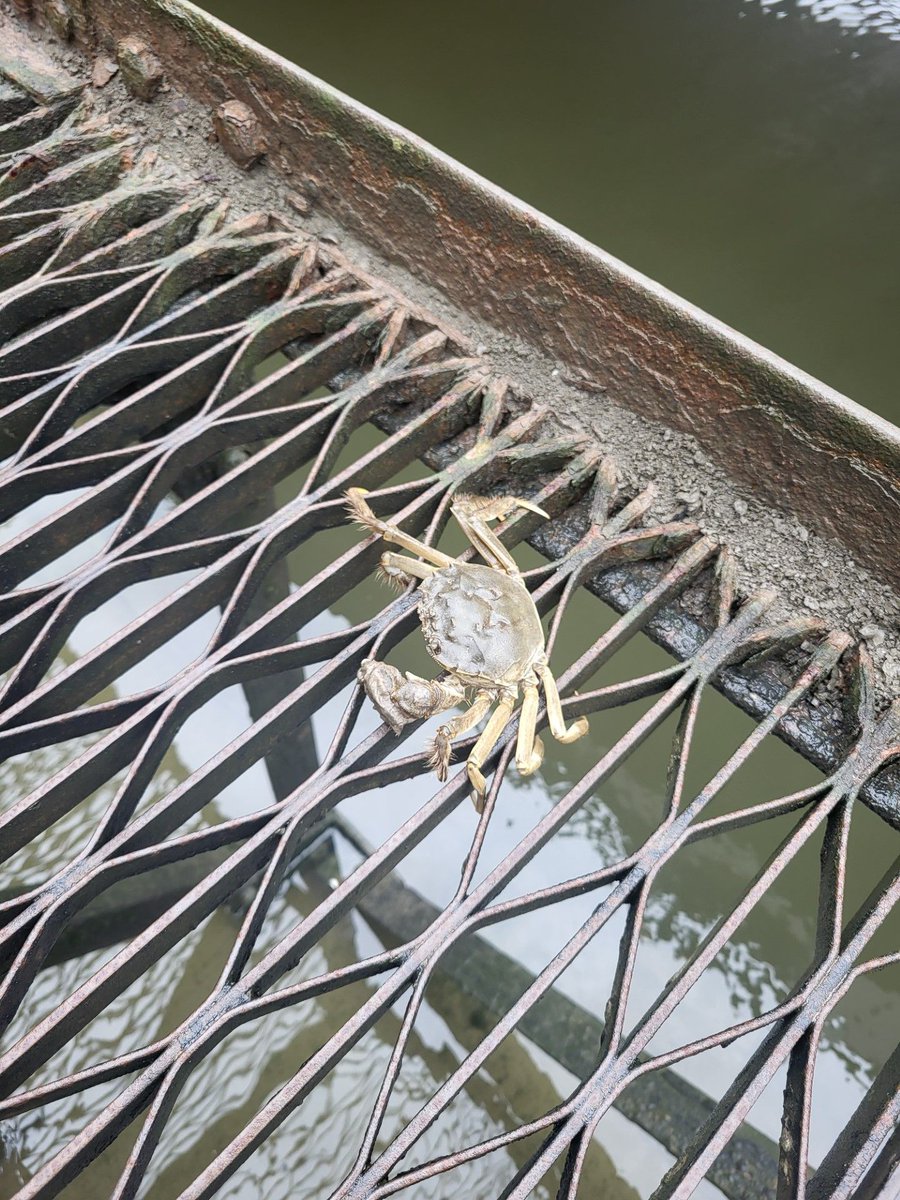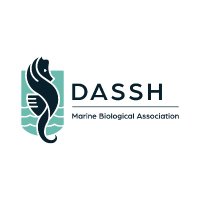
DASSH at The Marine Biological Association
@DASSH
Data Archive Center for MEDIN, archiving Marine Species & Habitats, a data provider to EMODnet Biology, and OBIS @MEDIN_Marine @EMODnet @OBISNetwork @thembauk
ID:340140034
https://www.dassh.ac.uk/ 22-07-2011 06:05:14
949 Tweets
814 Followers
483 Following


Would you be surprised to learn that dead man's fingers, Alcyonium digitatum, take 2nd place 🥈 in DASSH's most commonly recorded species with 39279 occurrences?
These colonies of individual animals share a gelatinous skeleton and live to depths of 50m!
#MarineBiodiversity




Taking fourth place in DASSH's most commonly recorded marine species is sugar kelp, Saccharina latissima, with 26508 occurrences!
Did you know that during the winter sugar kelp can grow over a centimetre a day? #Kelp #MarineBiodiversity #Data #OceanData #SugarKelp
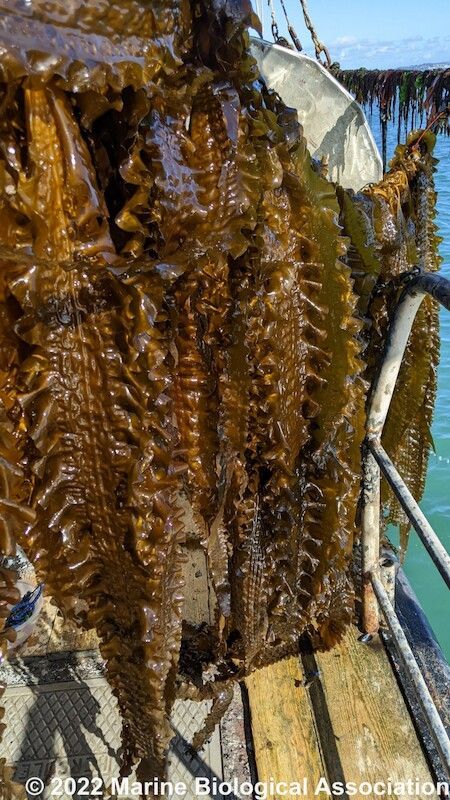

Ever wondered what our top five most commonly recorded species are?
Living up to its name at number 5 is the common sea urchin, Echinus esculentus, with 26146 occurences in our archives! As well as being one of the most common it is also the UK's largest sea urchin! #OceanData



Did you know that our DASSH mapper can be used to search for fisheries #Data ? Search by species or select an area using a bounding box!
buff.ly/3kSEnSe
#MarineBiodiversity #FAIRData #MarineConservation #Fisheries
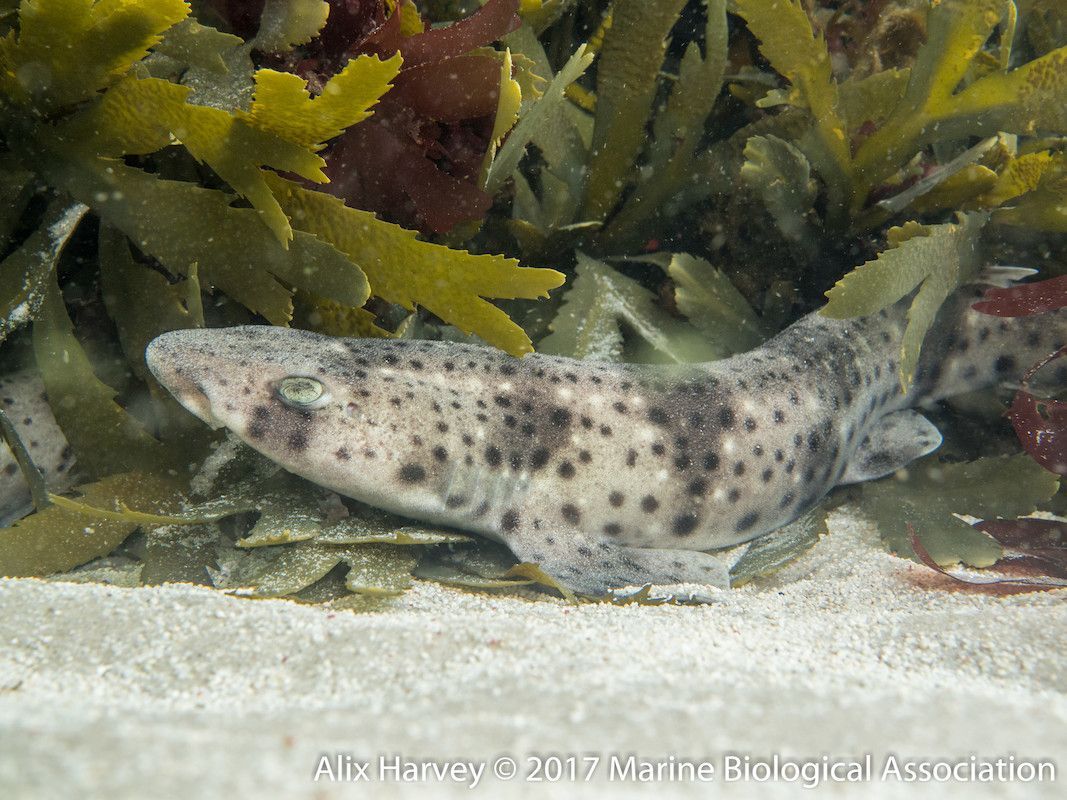

Just one more day to nominate exceptional groups or individuals for the NBN Trust NBN Award for Marine Wildlife Recording 2024! Entries close on the 3 April 2024, see link for details 👇
buff.ly/3TCek2D
#MakingDataWorkForNature #NBNawards24
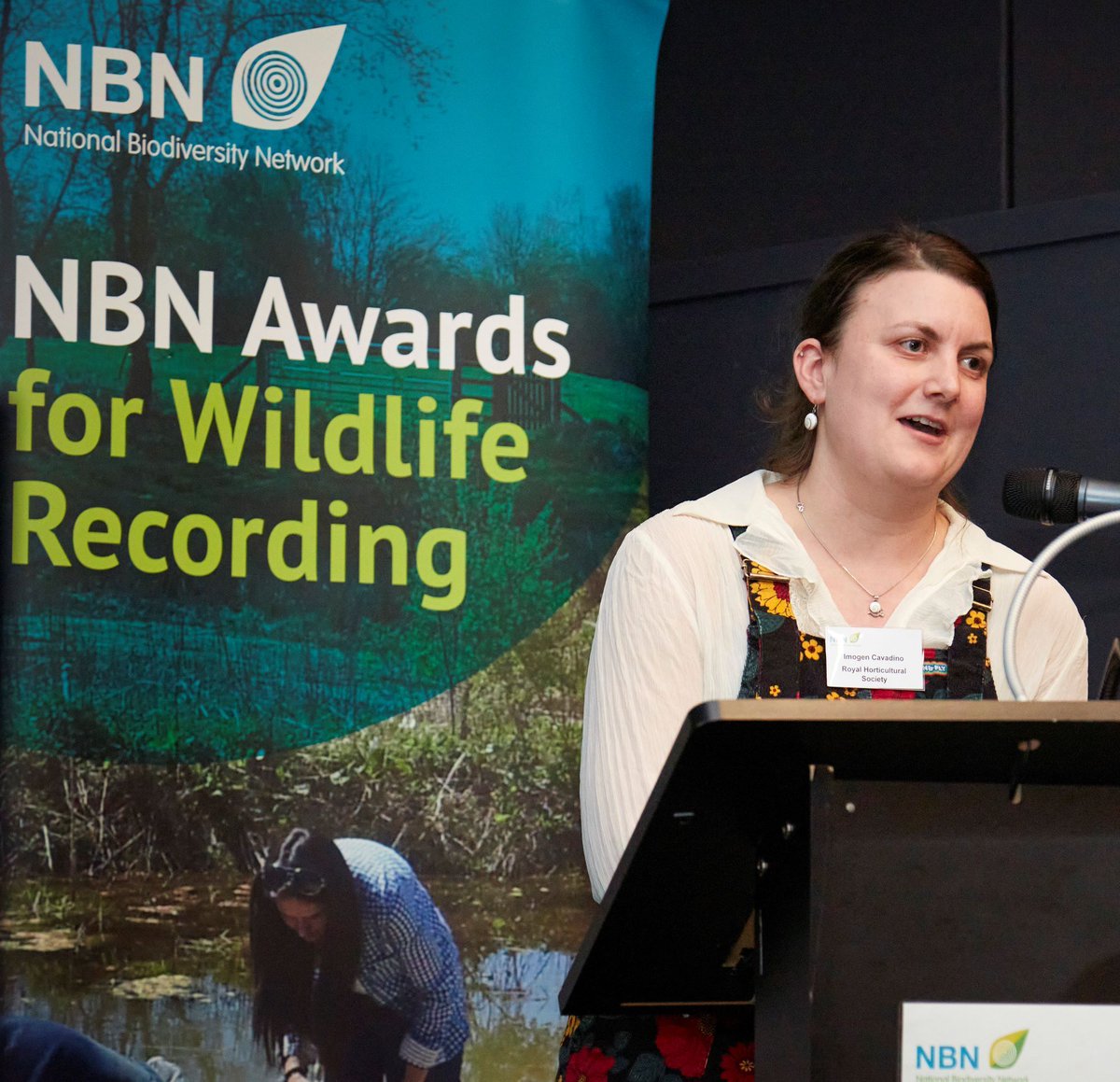

Hopefully #Easter weekend will provide the opportunity for #CitizenScientists everywhere to collect their own #Data which is easy with the iNaturalist app! Visit #iNaturalistUK at buff.ly/3892JnG for more details NBN Trust #MarineBiodiversity #RockPooling



Just a few days until the International Marine Plankton Project Bioblitz 2024 is held! A #CitizenScience project with results being recorded on iNaturalist
#iNaturalistUK NBN Trust
Details of how to join in can be found below 👇
buff.ly/49XKBYu
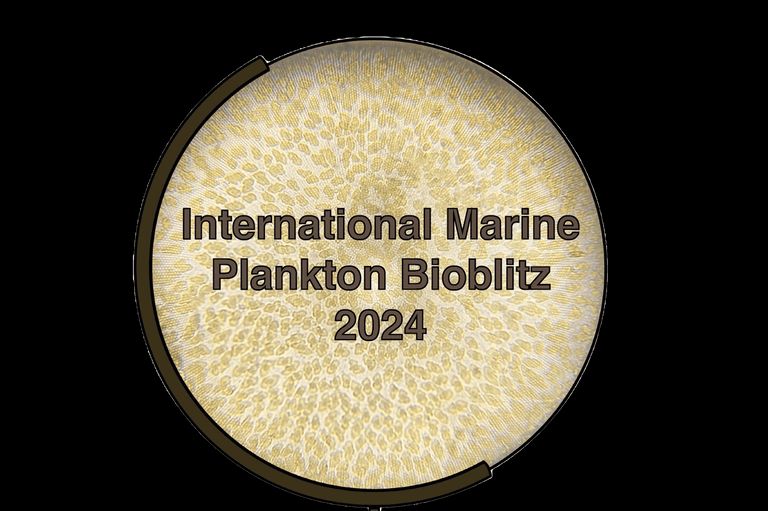

Researchers at the MBA are exploring whether scallop shells - a waste product from the seafood industry - can be used as a restoration material for growing kelp as part of the #GreenGravel project.
Read more in @conversationuk: buff.ly/4aa6J2d
Cat Wilding Hannah Earp







The 2009-2015 Suffolk Biological Records Centre (SBRC) Suffolk records for Undaria pinnatifida and Crepidula fornicata, both non-native species, have now become available at buff.ly/3PklZkV
#NNS #NonNativeSpecies #Data #Wakame #SlipperLimpet

